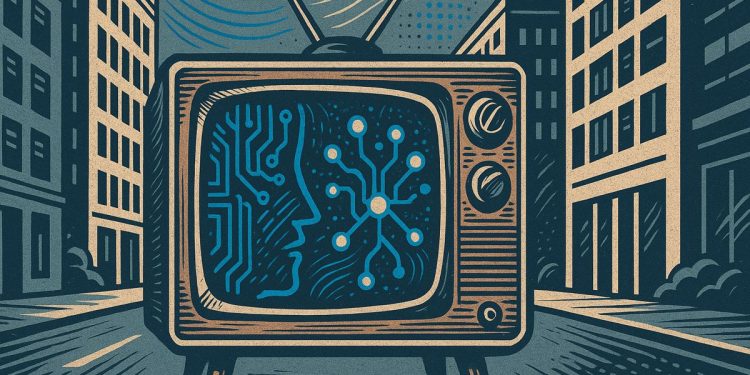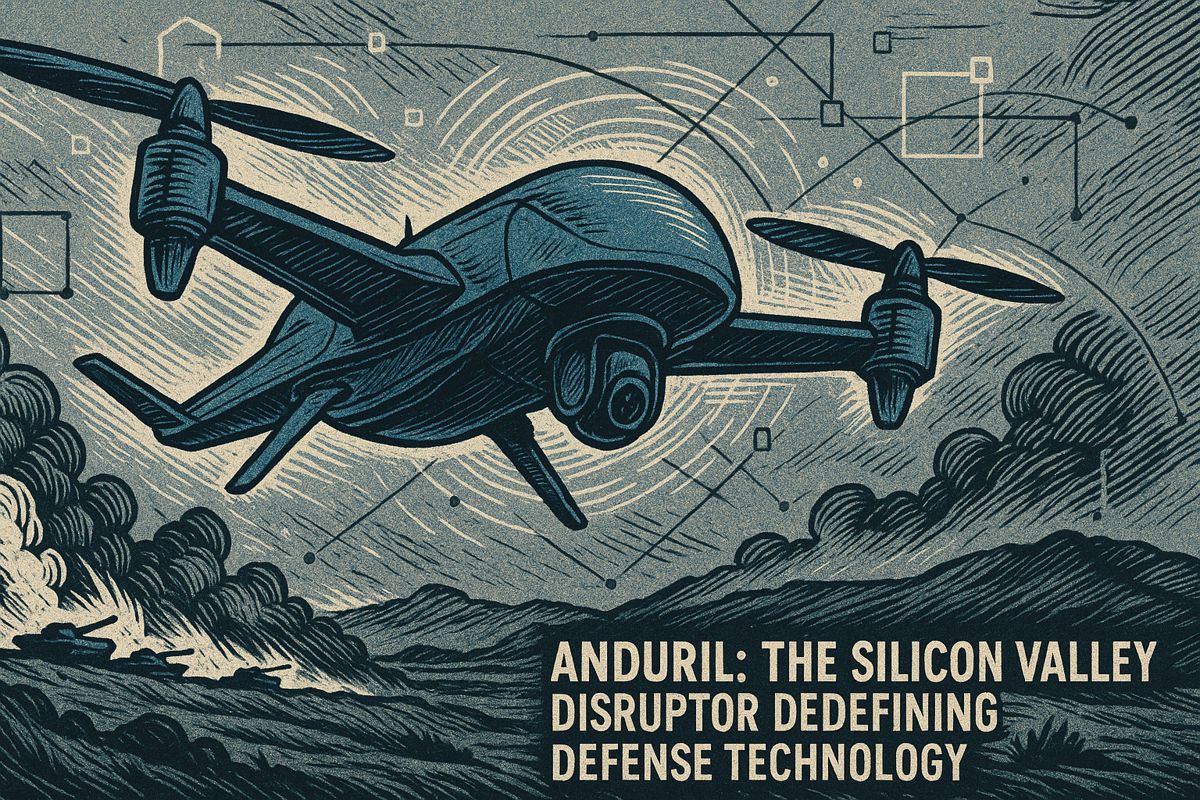Many workers use AI daily, but few companies integrate it strategically. To leverage this, companies should promote small AI experiments, provide AI mentors, and ensure saved time is reinvested. Leaders must nurture ideas and share lessons. The real winners in 2025 will be those who can learn quickly and adapt their teams to new AI tools.
What is the main challenge companies face in adopting AI for competitive advantage?
Although 90% of employees use AI in daily tasks, only 12% of companies are considered early adopters. Bridging this AI adoption gap involves nurturing experimentation, upskilling with AI mentors, and reallocating saved time, turning shadow AI use into a strategic advantage for 2025.
- Nine out of ten employees already lean on artificial intelligence to finish daily tasks, yet only one in eight companies call themselves “early adopters.” That gap between personal use and institutional readiness is where competitive advantage is gained or lost in 2025.*
The numbers behind the urgency
| Metric | 2024 | 2025 projection |
|---|---|---|
| Companies using AI in ≥1 function | 72 % | accelerating |
| Workers who feel overwhelmed by AI pace | 61 % | flat or rising |
| UK workforce expressing optimism about AI | 56 % | steady |
| C-suite misestimate of actual employee AI usage | 99 % vs reality | persistent |
| Planned AI budget increases next 3 yrs | 92 % | locked-in |
Sources: McKinsey 2025 State of AI and Exploding Topics July 2025
Two proven playbooks to close the gap
1. Gardener’s mindset: nurture, don’t dictate
McKinsey’s Global Managing Partner Bob Sternfels argues leaders should act like gardeners: “spend more time observing patterns and less time creating rigid plans.” The payoff came for a Fortune-100 manufacturer that replaced top-down mandates with cross-functional “AI guilds.” Result: 37 use cases moved from pilot to production in six months, shaving 11 % off operating costs.
Key moves
– Seed small experiments with fast feedback loops
– Prune under-performing pilots quickly
– Share soil: open internal wikis where every team logs wins and failures
2. Upskill with AI mentors, not slide decks
Paylocity’s 2025 field study shows companies using AI-powered e-learning tutors cut onboarding time for new AI tools by 42 %. Employees access on-demand mentors inside the apps they already use, turning 5-minute spare moments into micro-learning sessions.
High-impact upskilling formula
– Personalized learning paths generated from real task data
– Weekly 15-minute “show-and-tell” demos where frontline staff demo hacks
– Reward stories, not just statistics – internal badges for “most creative prompt”
Managing the productivity paradox
Some employees quietly under-report AI time-savings, fearing extra workload. Deloitte’s fix: pair every AI project with a “what will you stop doing?” discussion. After three months, teams that explicitly re-allocated saved hours saw 2× higher adoption of the next AI feature roll-out.
Quick checklist for 2025 planning
| Action | Owner | Timeline |
|---|---|---|
| Audit shadow AI use (survey) | HR + CIO | Q1 |
| Launch two-week “AI sandbox” sprints | Business units | Q2 |
| Publish wins & fails on internal wiki | Transformation office | continuous |
| Measure reallocated time vs output | Finance | Q3 review |
The race is no longer about who possesses the best algorithms; it is about who cultivates the fastest learning loops.
What is the current AI adoption reality inside most companies?
The headline numbers sound huge: 90% of employees say they now use AI tools at work, yet only 13% describe their company as an early adopter. That gap – what we call the shadow-to-strategy chasm – is the central challenge for 2025. It exists because most AI usage is still informal, undocumented and invisible to leadership. Until it is surfaced, measured and scaled, organisations will struggle to turn scattered productivity wins into strategic advantage.
How do we move from “shadow use” to intentional rollout?
Step 1 – Make the invisible visible
Run a quick internal audit: ask every team to list the AI tools they rely on and the time those tools save each week. In pilot workshops we have seen this exercise uncover average weekly savings of 4-6 hours per employee – numbers that usually surprise both staff and executives.
Step 2 – Address the training gap head-on
56% of employees are optimistic about AI, but 61% also say they feel overwhelmed by its pace. The single biggest lever is structured upskilling. McKinsey’s 2025 playbook recommends a “gardener’s mindset”: seed small experiments, then nurture the ones that show business value. The companies doing this best run:
- monthly innovation sprints (not quarterly town-halls)
- micro-certifications that can be completed in under two hours
- peer-to-peer clinics where power users share real use-cases
What does a culture of experimentation look like in practice?
Google Cloud teams move generative-AI pilots to production in <6 months by following three rules:
- Start with a pain point, not a tech demo
- Cap the first pilot at 30 days – if value is unclear, pivot fast
- Share the learnings in an open Slack channel for cross-team reuse
Deloitte’s 2025 survey shows organisations using this model report 35% faster scaling of successful AI use cases compared with firms that rely on traditional project governance.
How can we prevent the AI productivity paradox?
Some workers quietly understate AI time-savings to avoid being handed extra tasks. The fix is to re-allocate freed hours to higher-value work, not simply add volume. SAP’s chief scientist suggests:
- Map each hour saved to a new, explicitly assigned strategic task
- Celebrate and reward the reinvestment of time, not just the saving of it
- Track outcome metrics (revenue, NPS, cycle-time) to prove value and keep workloads balanced
What is the single metric that signals real progress?
Revenue or cost value created per AI-trained employee hour.
When that number moves from zero (shadow use) to a positive, traceable figure, you have bridged the gap. Leading adopters already report 38% higher profitability within twelve months of hitting this milestone – a figure that makes the upfront investment in training and governance look trivial in comparison.
Bottom line: 2025 is the year to stop guessing who is using what, and start running small, fast, transparent experiments that turn AI from a hidden helper into a visible engine of strategic advantage.



















